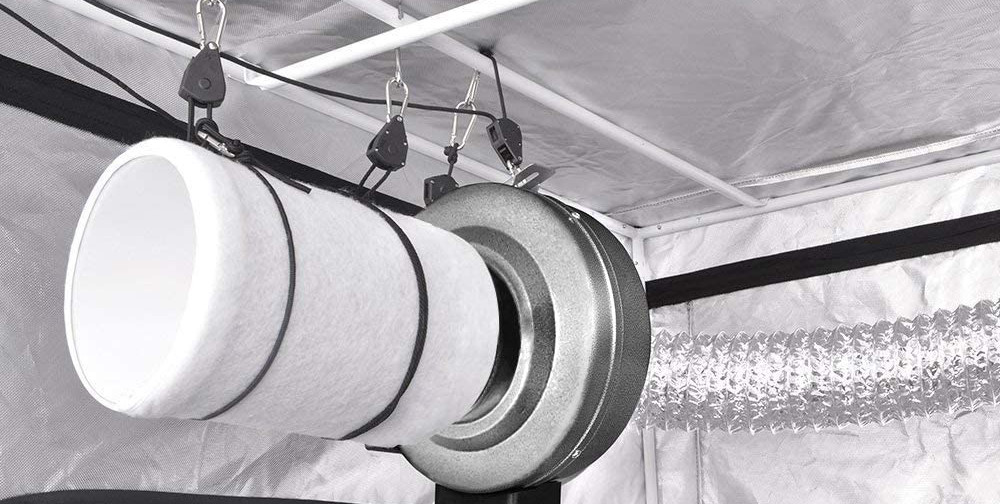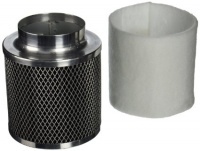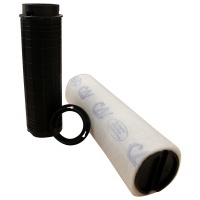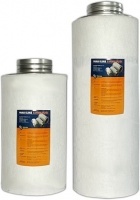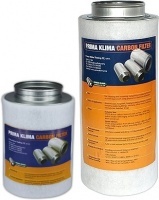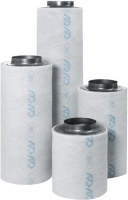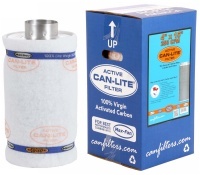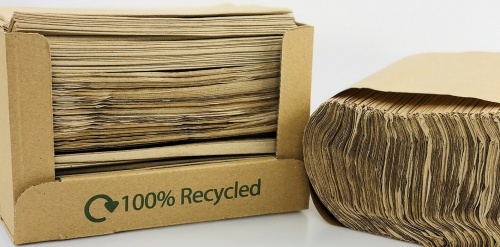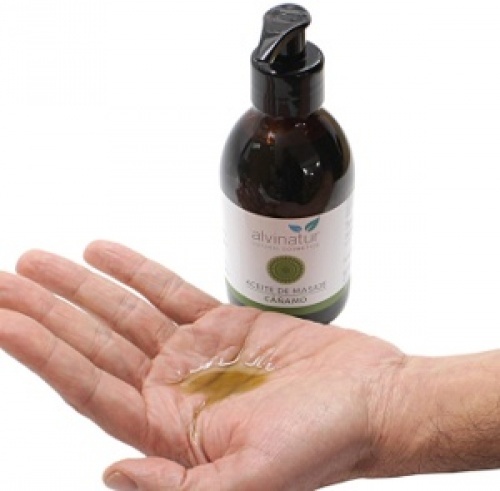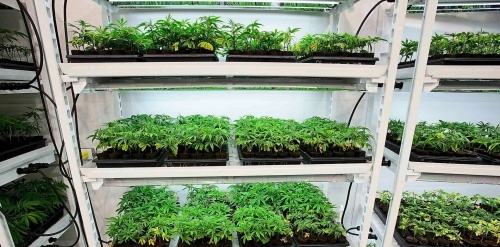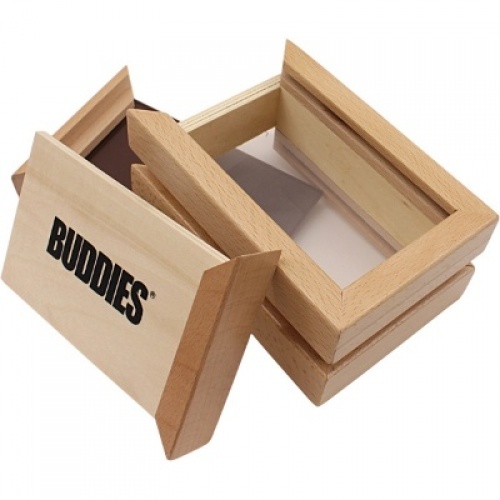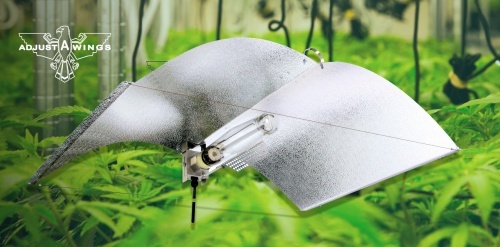Carbon filters: user guide
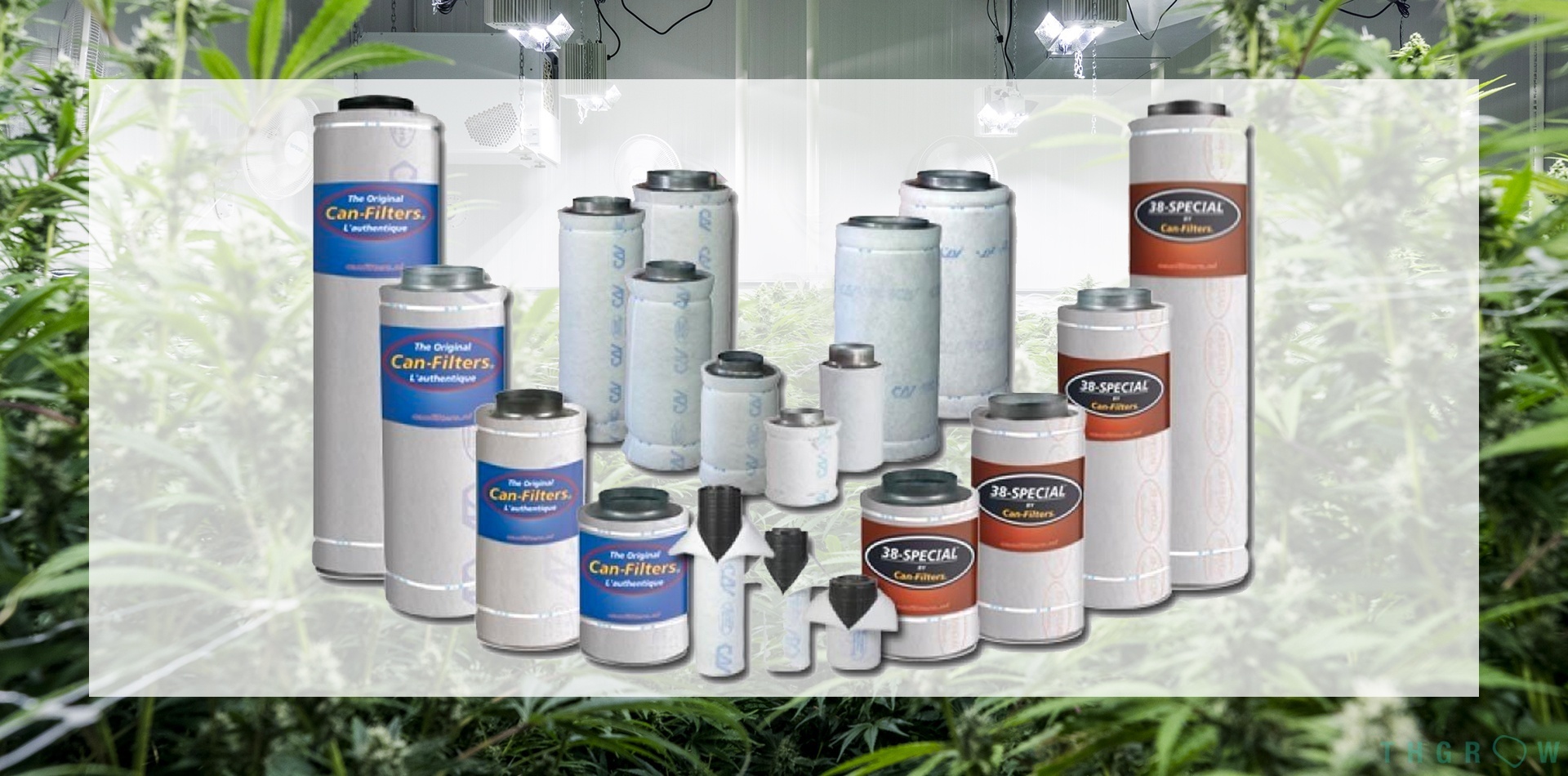
Activated carbon is a vegetable or mineral material that is well known for its absorbent properties through its micropores for both liquids and gases. In the field of cannabis cultivation, activated carbon filters are normally used during extraction and are very useful as they help to minimise the risk of being discovered by the strong aroma of the plants. However, some people also use them to prevent the entry of smells, dust or pests that could damage the crop from the outside.
What we will need:
- Air extractor: the extractor fan should renew the air in the grow room at least once every 3-5 minutes, but it is also necessary to take into account the temperature generated by the lighting systems and the humidity of the environment. In our Indoor Packs section you can see which extractors we recommend depending on which lamps and grow tents are going to be used.
- Carbon filter: the carbon filter flange should correspond to the extractor one as far as possible and its flow rate should always be slightly higher than the extractor one. As a general rule, the filter flow rate should be between 1/5 and 1/4 greater than the extractor flow rate.
- Extraction tube: it can be used with a simple flexible tube, with a plastic coating one to extend its life or a special soundproofed tube.

When choosing an activated carbon filter, doubts may arise. We are going to try to solve them in this post to facilitate its use and optimise its performance. The first thing to bear in mind is that the filter must have more filtering capacity than the maximum power of the extractor fan. That is, if our fan has a flow rate of 100 m³ / hour, the filter should be somewhat higher, such as 120 - 125 m³ / hour. It is also important that the filter and the extractor fan have the same connector size to match the flow rate and make less noise. This way, we will avoid having to use reductions or couplings that hinder the air flow.
We must bear in mind that the filters don't remove the smell from the room, but they remove the smell from the air that is extracted so that it doesn't go outside. For this reason it is important to choose the right place to install them. Ideally, it is best to install it as high as possible in order to maintain a suitable temperature. Warm air weighs less than cold air, so it accumulates in the highest part of the room. At the same time it contains more smell because of the essential oils emanating from the crop. Therefore, it is best to place it above the plants, not too far away from them.
It is necessary to control the humidity in the room, which should not exceed 82%, as the carbon filter does not perform its function at high humidity levels. High humidity adheres to the porous cavities of the carbon and impedes its absorption power. However, during flowering, when filters are usually most needed, the relative humidity should be kept below 60%.
Except for Odorsok filters (which have the carbon integrated in the fabric and their only maintenance is a periodic washing), carbon filters have a metal or plastic chamber where the active carbon is located and a sleeve that covers it. It is normal that the filter releases some dust when handled. Depending on the model and installation, it will require periodic cleaning of the ducting tube (and the cooltube in case of use).
The filter life is indicated in the manufacturer's specifications, but is usually around 3 crops. To optimise its life, the outer fabric liner should be washed or changed frequently as soon as it becomes dirty. It should be noted that the filters are only necessary when the plants give off their aroma, so they are not needed during the germination and growth phases. We should use them from the beginning of flowering onwards.
